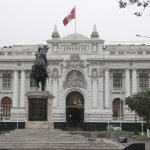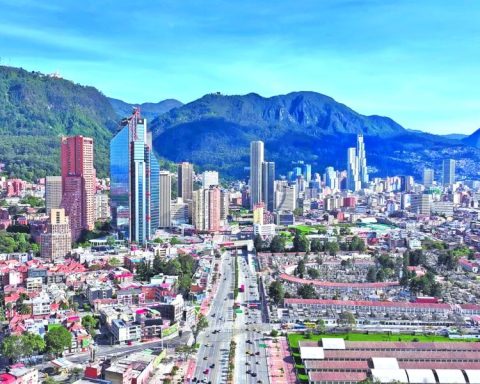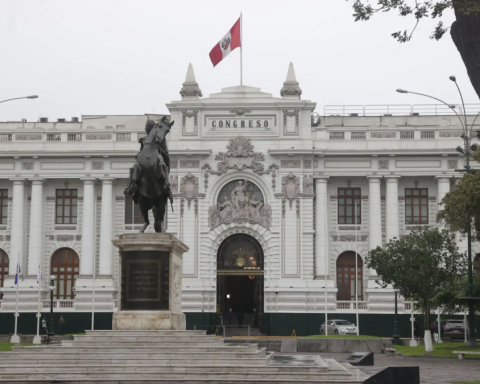(EFE).- The Antonio Guiteras thermoelectric plant, the largest in Cuba, will resume operations next Tuesday, after five days of failure, the state-owned company Unión Eléctrica (UNE) reported this Sunday. A statement from the company, attached to the Ministry of Energy and Mines, indicated that it is working “uninterruptedly” to incorporate the Guiteras plant into the National Electric System, after the breakage that occurred in its boiler on March 17.
Although Lázaro Guerra Hernández, technical director of the UNE, had predicted that the thermoelectric plant would be synchronized with the system this Sunday, March 20, it will finally be necessary to wait, as was warned from the first moment, the five or six days planned.
The breakage in this plant in Matanzas took place when the Máximo Gómez thermoelectric plant, in Mariel, in Artemisa is being rehabilitated after the fire on March 7
The break in this plant in Matanzas took place when the Máximo Gómez thermoelectric plant, in Mariel, in Artemisa is being rehabilitated after the March 7 fire. The UNE, responsible for the supply of electricity in the country, asked its customers after these problems to take extreme saving measures, both in the residential sector and in the state sector.
In addition, he said that he hoped to be able to increase the generation capacity of the system to solve the “affectations” presented in the service.
Two weeks ago, the Government announced a planned stoppage for the maintenance of the Antonio Guiteras plant, which has been generating electricity below its capacity and has presented difficulties with water consumption and dirt in the boiler.
Since 2021, an energy capacity recovery plan has been underway on the Island, due to the deterioration of the plants due to excessive years of operation, the lack of spare parts and the problems caused by non-compliance with maintenance plans.
The Prime Minister, Manuel Marrero, recently urged to strengthen the use of renewable sources, as part of the process of transforming the country’s energy matrix, and insisted on the importance of giving priority to ensuring the national energy system.
With the strategy developed by the country to change its energy matrix and expand the use of renewable sources, the purpose is to reach 24% of electricity generation from renewable sources (14% will come from biomass) in 2030, although the pace points to to longer terms, without taking into account the impact that the international context generated by Russia’s invasion of Ukraine can generate, which has imposed enormous sanctions on Moscow that will affect the Cuban and world economy.
In 2020, the first bioelectric plant in Cuba began operating with the aim of saving some 100,000 barrels of oil per year
In 2020, the first bioelectric plant in Cuba began operating, in order to generate electricity from the biomass of marabou and sugar cane bagasse, with the aim of saving some 100,000 barrels of oil per year.
This plant, located in areas of a sugar factory in the province of Ciego de Ávila, with an investment of 180 million dollars, included technology from a Chinese company and the creation of the British-Cuban joint venture Biopower SA
But, according to an article published this Sunday by the official site Cubadebate, at this moment the bioelectric collides among other difficulties with the lack of biomass from marabou and bagasse, because the Ciro Redondo sugar factory that supplies this material does not have enough cane available.
The poor condition of the thermoelectric plants has left several accidents recently, especially the now damaged Antonio Guiteras and Máximo Gómez, which have not only had to stop recently on more than one occasion, but have also suffered fires and explosions with victims.
________________________
Collaborate with our work:
The team of 14ymedio is committed to doing serious journalism that reflects the reality of deep Cuba. Thank you for joining us on this long road. We invite you to continue supporting us, but this time becoming a member of our newspaper. Together we can continue transforming journalism in Cuba.

















